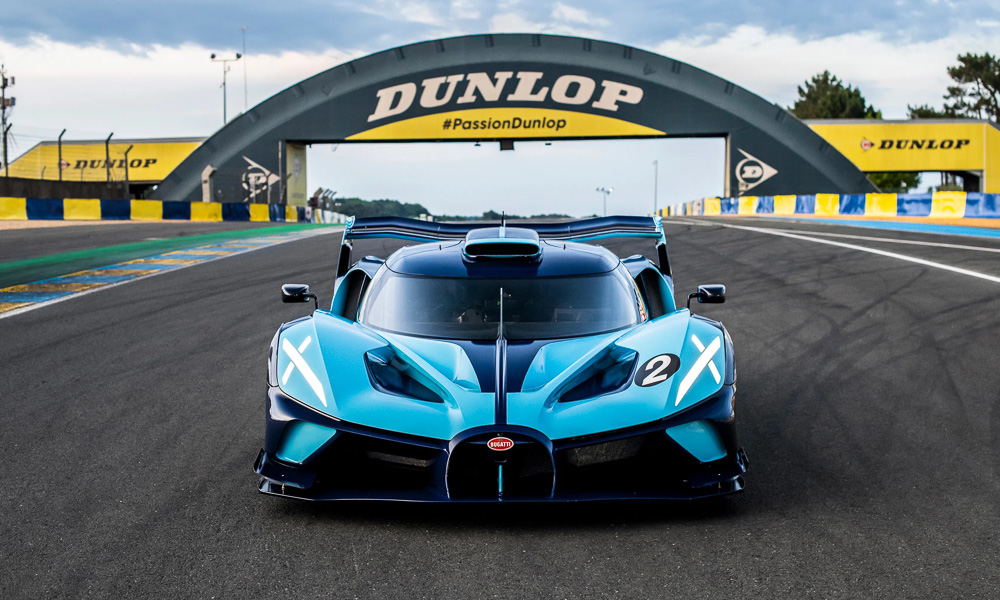
Nothing about modern Bugattis is normal, and hardly anything on wheels moves faster than the machines from Molsheim in France.
The Veyron introduced us to the idea that an everyday usable supercar could effortlessly speed past the 400km/h mark, while the Chiron marked its place in the history books as the first production car ever to crack the 300mph barrier, achieving 304.774mph (490.486km/h) at Volkswagen’s Ehra-Lessien test track in August of 2019.
Most carmakers would leave it at that, call it mission accomplished, and go home. Not so Bugatti. The engineering brains behind the brand decided to see what was possible if all the rules of the road got thrown out of the window, and newly released details show that the firm’s upcoming track-only hypercar is even more insane than everyone thought.
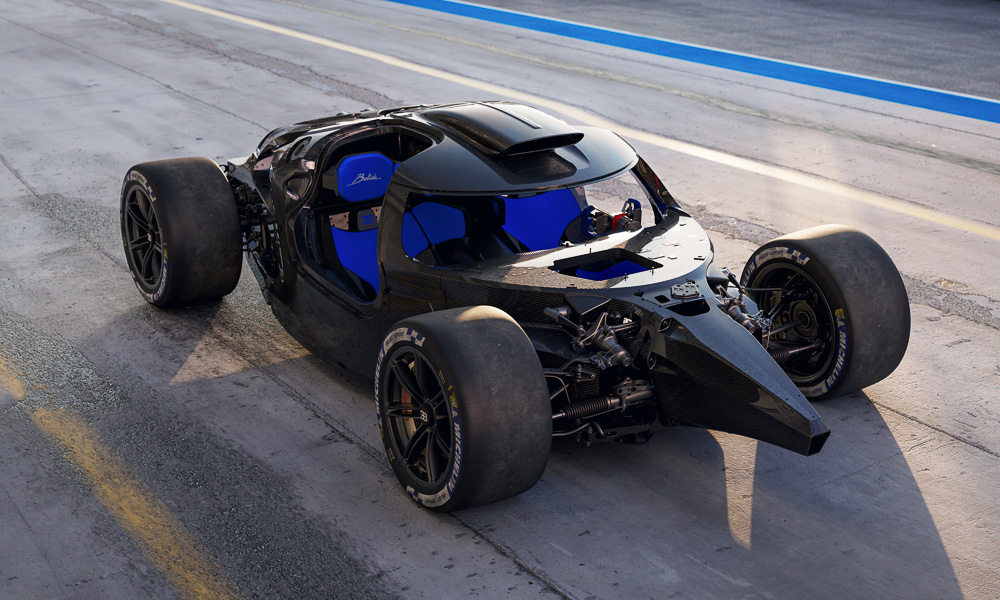
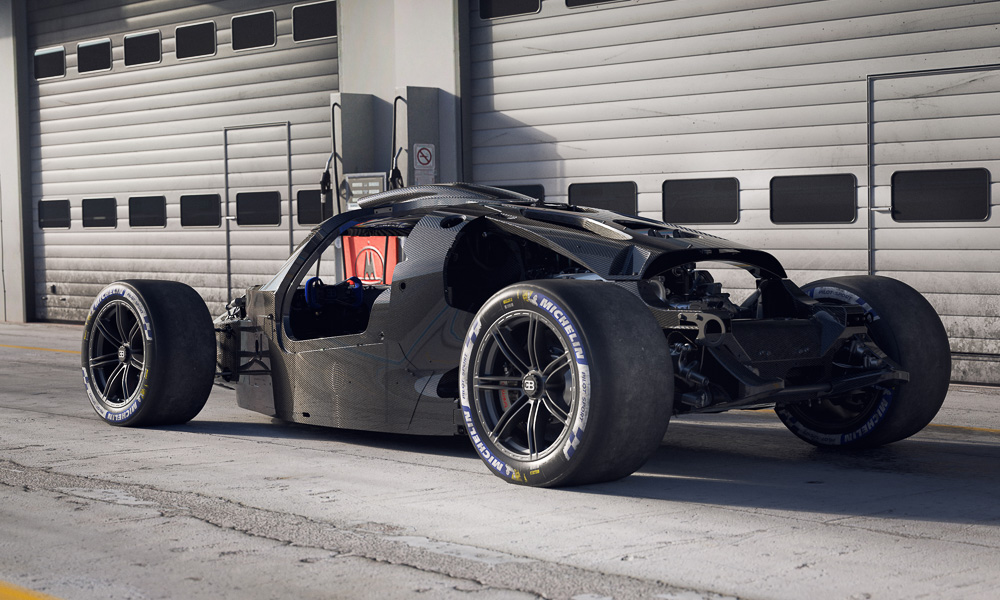
Admit it: When you first saw pictures of the Bugatti Bolide, you thought it was basically a rebodied Chiron with all the bits removed that made the donor car street-legal. It’s a logical assumption to make, but the reality is seemingly a lot more complex.
Turns out Bugatti has created a brand-new monocoque using advanced carbon fiber that you’ll normally only find in Formula 1 or Le Mans race cars.
The move was not only necessary to make the machine super safe when wealthy hobby pilots take it for a spin, but to also make it as compact as possible. The mighty eight-liter 16-cylinder monster now sits 60mm further forward, and is tightly hugged by the rest of the car, creating a lightweight and agile setup ideal for endless fun during track days.
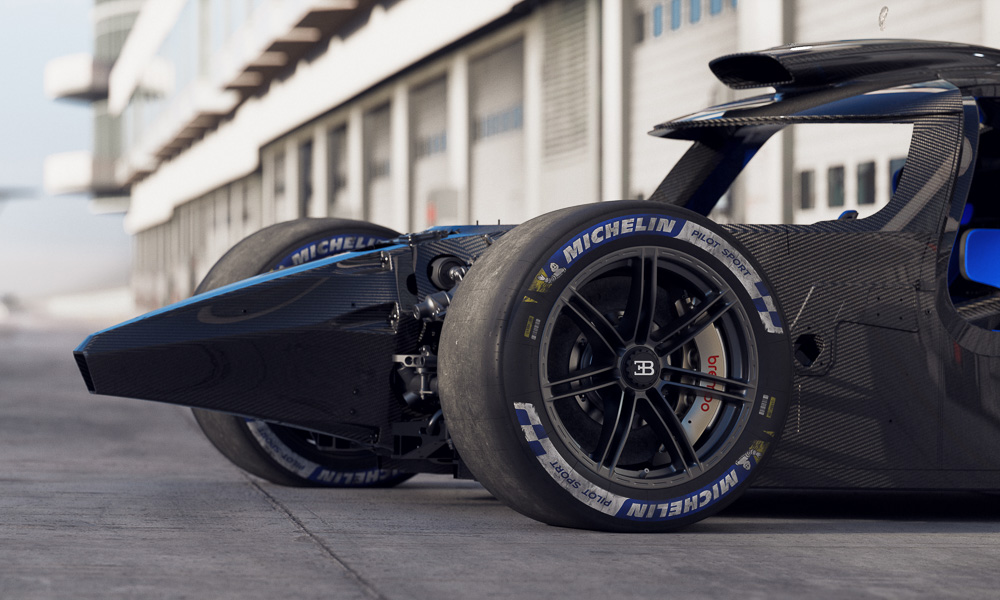
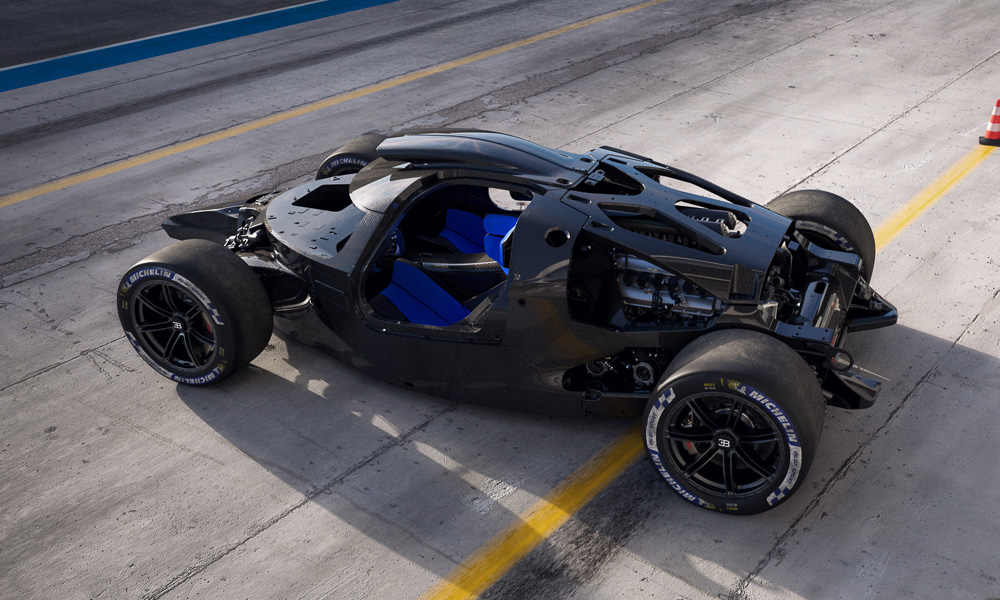
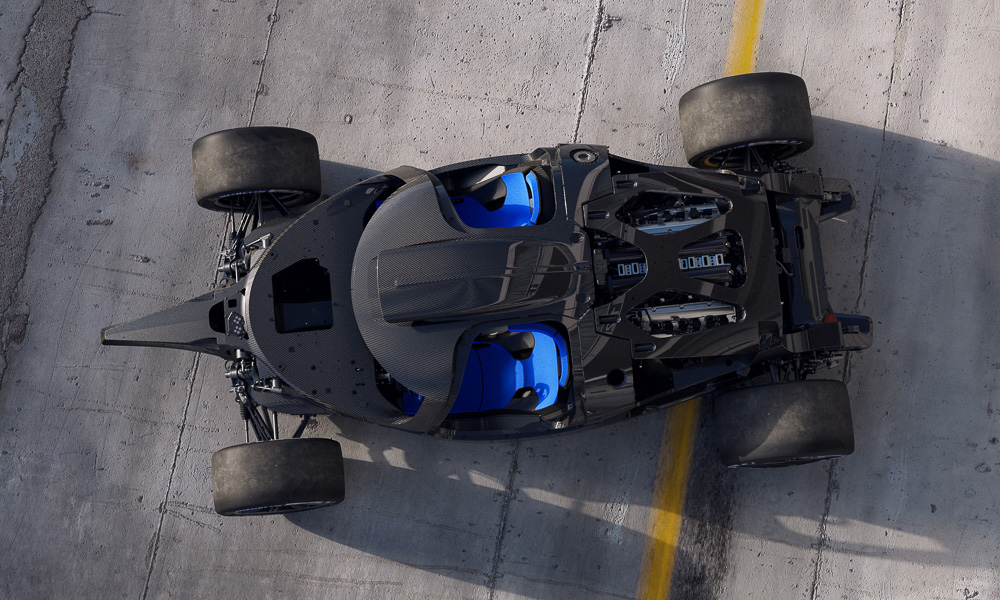
The new monocoque is shaped like a catamaran, and was tested to the highest safety levels to ensure it could cope with the out-of-this-world power levels the car can generate. For example, during one of the rollover tests, a force of 7.5 tons was applied to the A-pillar. And while some deformation or cracks were allowed as part of the test, none were observed.
Other tests saw a 12-ton load applied to the B-pillar, and a six-ton longitudinal load used to simulate a rollover with rear impact into a barrier. So, whatever way a future owner may decide to crash this €4,000,000 (P243,564,000) toy, chances are he or she will emerge alive. There’s even a military-grade fire extinguisher onboard if things get too heated.
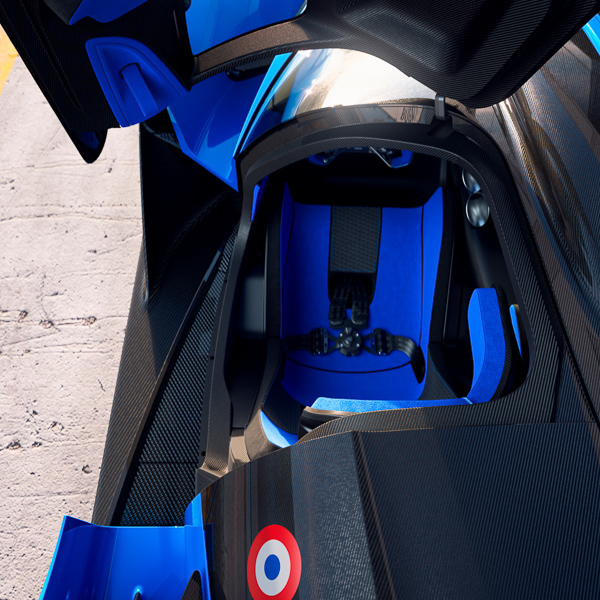
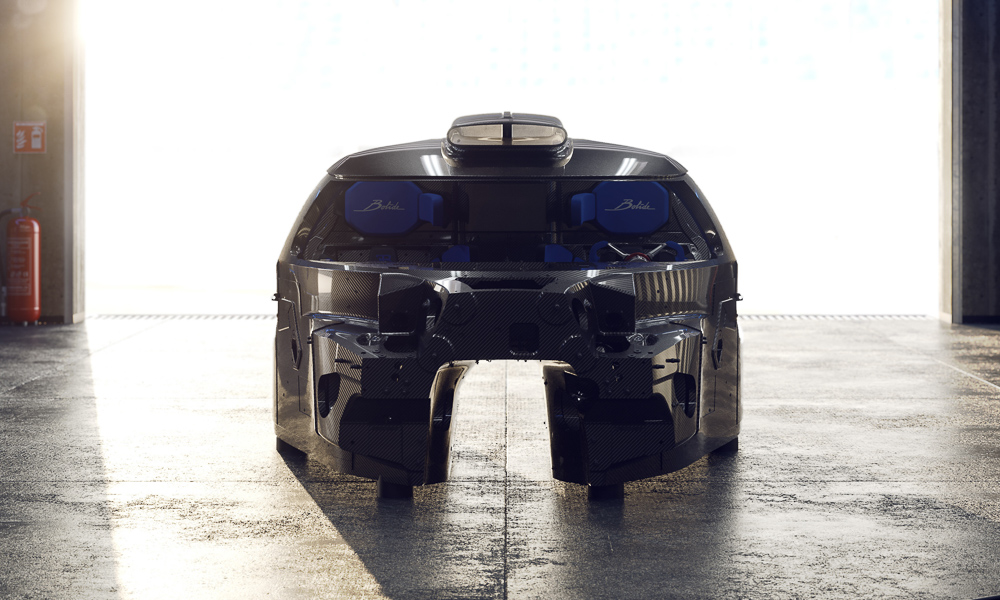
The seats are also certified to Le Mans standards, and drivers can even bring their own HANS system along for added protection. Unlike hardcore LM or F1 race cars, however, this machine still comes with all the creature comforts its rich (and likely not very race-experienced) drivers may need, including traction and stability controls, antilock brakes, power steering, and even air-conditioning.
The latter may seem like a total luxury in a hardcore track car, but anyone is likely to break into nervous sweats when confronted with 1,600hp and 1,600Nm from just 2,250rpm, a dry weight of a mere 1,450kg, and almost three tons of possible downforce. Thanks to mind-bogglingly big 340mm (front) and 400mm (rear) Michelin slick tires fitted to 18-inch OZ Racing magnesium wheels, this monster can also pull up to 2.5g if you really put it through its paces.
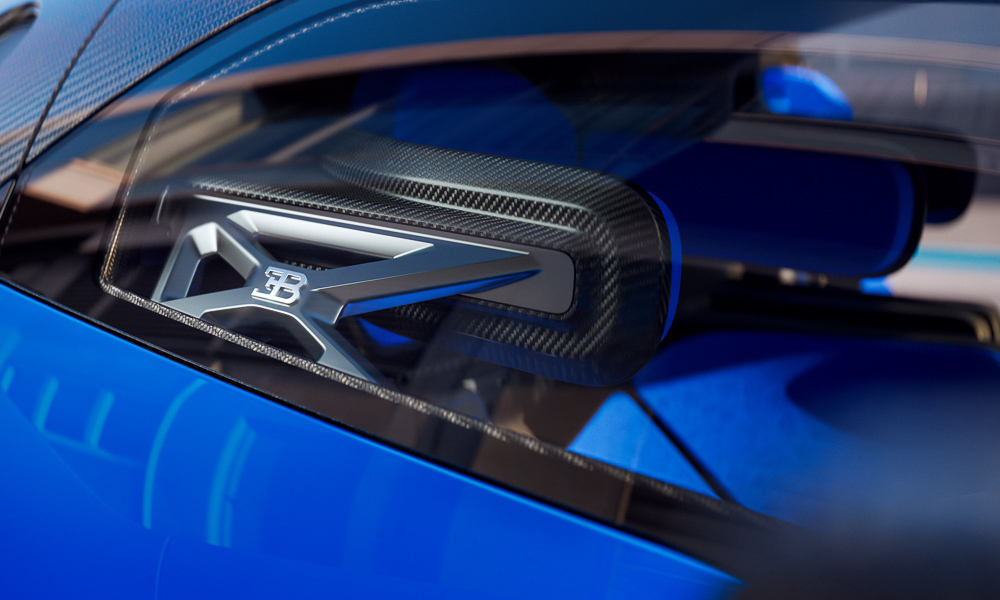
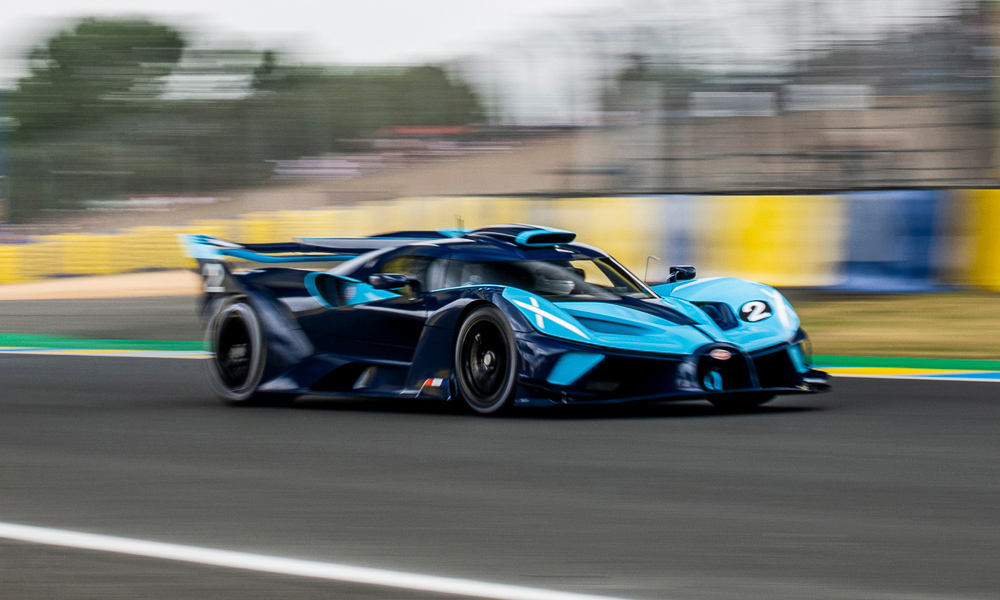
Not only is the monocoque new, but areas such as lubrication and cooling have also been changed to cope with the extreme conditions during prolonged track use. In order to achieve optimal lubrication even under such high g-forces, everything from the oil circuit to the reservoirs and even the oil pump design had to be improved.
Instead of water-air, air-air intercooling with water pre-cooling is used, and the temperature balance of all oils and the racing brake system is also regulated more effectively than in normal Chiron models. There are so many insane little details on this thing that we won’t have time to list them all here, but safe to say that whoever does get his/her hands on one had better drive it like it was intended. Anything else would be tantamount to sacrilege.

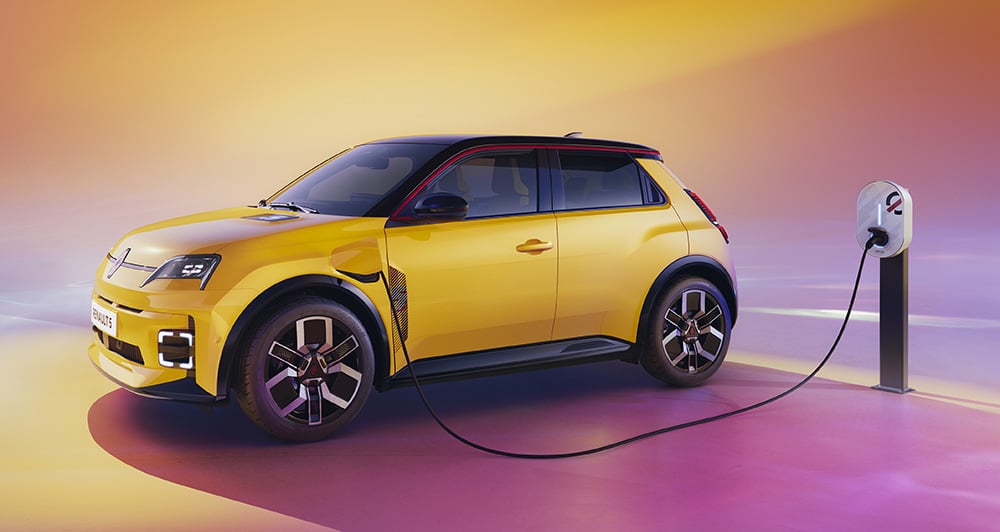
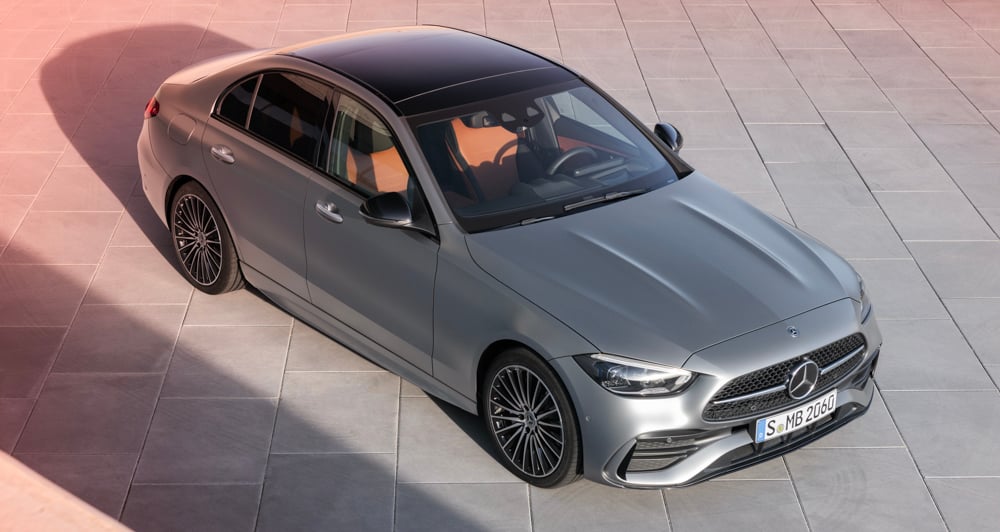


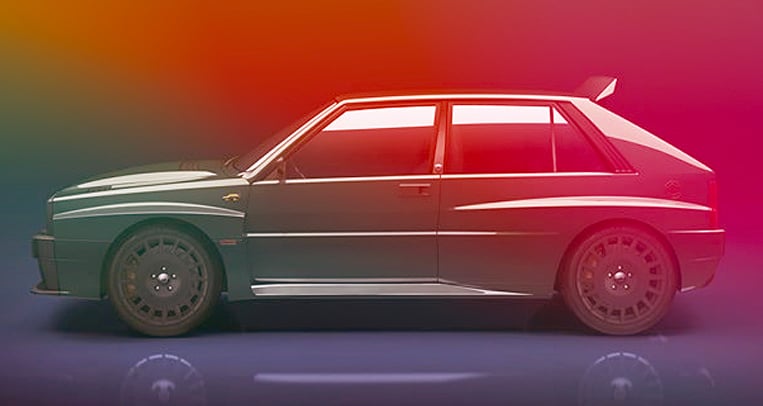

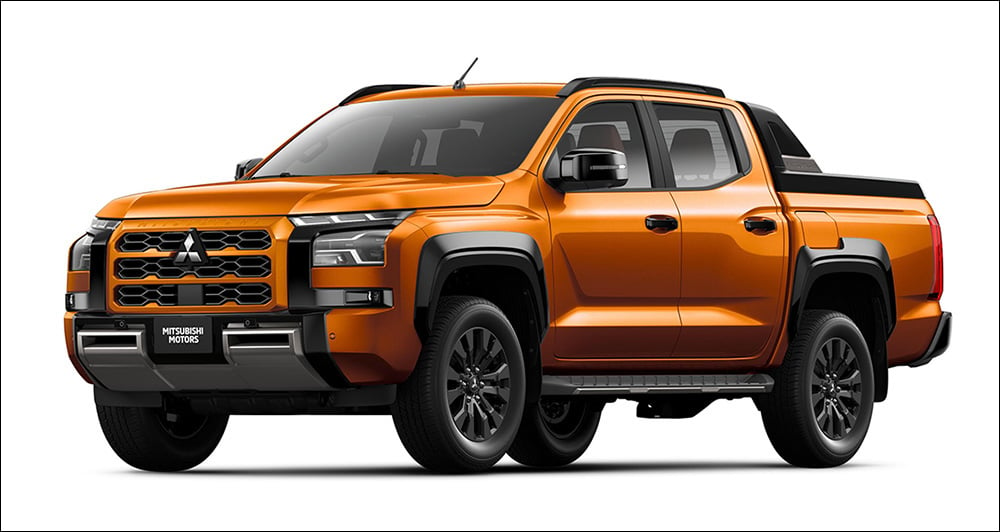



Comments